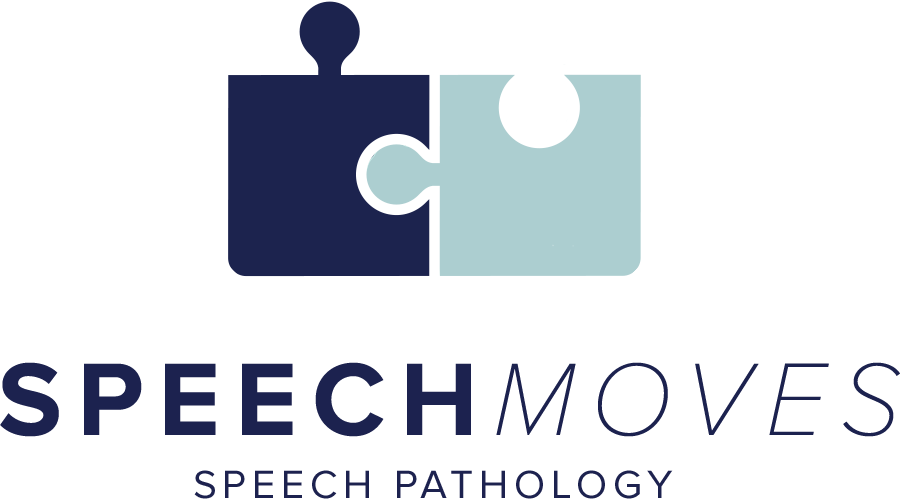
What is Receptive Language?
Receptive language is the ability to understand words and language. It involves gaining information from and understanding the environment, including understanding sounds, visual information, words and instructions.
In young children, receptive language involves understanding concepts such as colour, size, shape, time and grammar.
What is a receptive language delay/disorder?
A receptive language delay/disorder is a learning disorder that affects a child’s ability to understand spoken words and/or expressive language. A receptive language delay can lead to difficulties communicating with others and often presents as academic problems in school age children.
What do receptive language difficulties look like in children?
If your child is experiencing receptive language difficulties they may:
- be unable to follow directions that other children their age can
- not answer questions appropriately
- have difficulty attending & listening to stories
- not pay attention when sitting in a group
- respond to questions by repeating what has been said
- struggle with literacy at school
- present with behaviour problems
How can I help my child improve their receptive language skills?
- Use visuals such as pictures or signs to help with understanding.
- Try to be face to face when talking to your child.
- Play games, read books, describe what’s happened, sing songs with your child.
- Limit background noise (turn off the TV), when engaging with your child to limit distractions.
- Use simple sentences when talking to your child.
- Be specific with instructions eg. do X then do Y.
- Observe & engage your child in play & describe what they are doing (your driving the big red truck).
Activities that can help to develop receptive language skills
- Teach your child a new word everyday – it can be from a book you have read.
- Demonstrate & explain new concepts – big /little /fast /slow /under /over.
- Use dramatic play activities (dress ups, cooking, hospitals) to develop oral and receptive language.
- Play “Simon Says” – practice giving and following directions, gradually add to the length of the command.
- Read books to your child everyday – label the pictures, take turns asking questions, try to guess what will happen next
- Label items in the environment (when driving, gardening, shopping) to expand vocabulary skills.
If your child has difficulties understanding words and following directions, it is recommended they see a Speech Pathologist.
If you have concerns about your child’s receptive language skills, Speech Moves can conduct a comprehensive assessment identifying strengths, weaknesses & goals for intervention if needed.
Contact us today to start your speech pathology journey.
Tricia Linstrom
Certified Practicing Speech Pathologist
